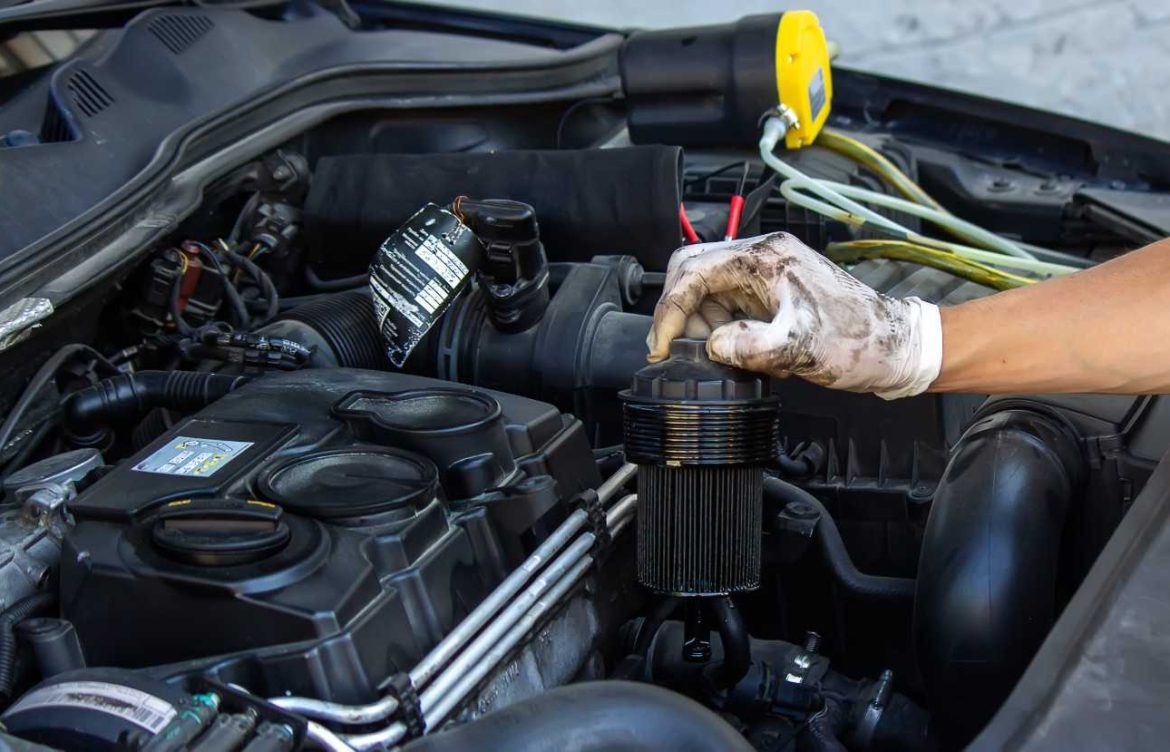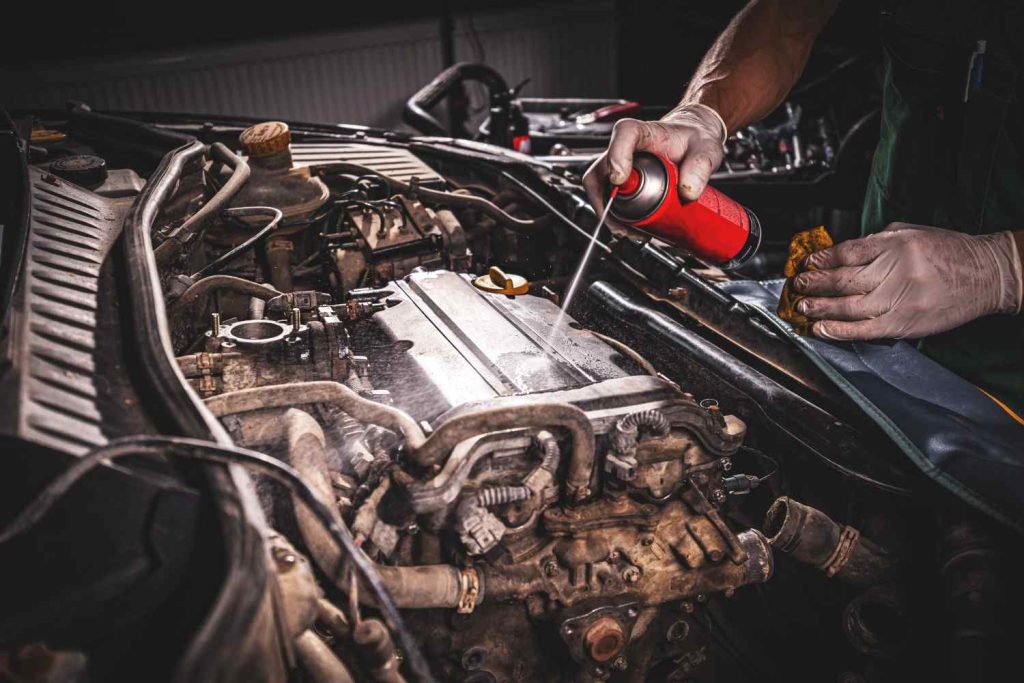
What Are the 5 Essential Post-Wash Engine Maintenance Checks?
A clean car looks great, but when the engine bay is being washed or high-pressure rinses are being used around the hood the moisture can be put in where it is not wanted. A short routine which you can follow after washing your vehicle is post-wash engine maintenance to avoid corrosion, electrical errors and performance problems. Most beginners can lock their engine bay within 5-15 minutes, making only a few minor security inspections and using common items.
Understanding Your Engine Bay
There are some general areas of concern before you can go about post-wash maintenance:
- Electrical parts: battery, terminals, fuse box and exposed connectors – vulnerable to moisture and corrosion.
- Air intake & filter: the passage, which supplies air to the engine; water in this passage decreases the performance and may damage the sensors.
- Oil, coolant, brake, and washer caps: caps of these fluids are supposed to be clean and tightly closed.
- Hoses, belts & clamps: rubber materials, which could be unscrewed or concealed by dirt and then revealed once a wash is performed.
- Drain points- cowl area: areas where water gathers (bottom of windshield/ cowl) and needs to be drained to avoid standing.
It is knowledge of these parts that will enable you to select the appropriate post-wash procedures and prevent unintentional harm.
Common Post‑Wash Problems and Simple Fixes
1. Water pools / trapped moisture
Fix: Clean standing water with microfiber towels, a bulb syringe, or compressed air. Drains of check and cowl, blockages.
2. Damp or soaked air filter
Fix: Check the airbox and change a wet filter; dry housing, then put back into the same position.
3. Wet electrical connectors or corroded terminals
Fix: Dry using a lint-free cloth and compressed air, then put dielectric grease or terminal protector on so that it is not corroded.
4. Loose or corroded hose clamps and fittings
Fix: Tighten clamps using rudimentary hand tools; change clamps or hoses that are extremely corroded.
5. Fouled fuse box or water‑stressed fuses
Fix: Dry a fuse box and check that it has seals and replace any fuses that are corroded.

Essential Tips for Effective Post‑Wash Engine Maintenance
- Act quickly: Do these checks within minutes of finishing the wash — the sooner you remove moisture, the lower the risk of corrosion or shorts.
- Cool engine first: If you used a hot engine wash, allow hot components to cool before touching them. Hot metal and coolant systems can cause burns.
- Start with a basic visual and tactile scan: Open the hood and use a flashlight to spot standing water, wet connectors, or damp filters. Feel hoses for soft spots and clamps for looseness.
- Tools to keep in your kit: Flashlight, microfiber towels, compressed air or bulb syringe, small socket/screwdriver set, dielectric grease or terminal protector.
- Dry electrical areas before applying protectants: Remove moisture first; then apply a thin coat of dielectric grease to exposed connectors or terminal protectors to repel future moisture.
- Check the air intake and filter every time: A damp air filter must be replaced — do not run the engine with a soaked filter to avoid engine damage.
- Inspect fluid caps and reservoirs: Ensure caps (oil, coolant, brake, washer) are seated and tight. Wipe away grime before opening to top up fluids in a clean way.
- Start the engine for a quick functional check: Let it idle and listen for unusual noises, watch for dashboard warnings, and allow residual moisture to evaporate. If you hear or see problems, shut down and re‑inspect.
- Battery and grounding points matter: Dry and clean battery terminals and ground points. Light corrosion can be cleaned and then protected with a terminal spray or a thin coat of petroleum jelly.
- Regular maintenance prevents surprises: Incorporate these five checks into your post‑wash routine. Over time, they become quick habits that significantly reduce risk.
The 5 Quick Checks (Step‑by‑Step)
1. Visual Water Removal (2–5 minutes)
Examine low areas, cowl area and beneath plastic covers. Cleanse or dry using a towel, syringe, or compressed air.
2. Electrical Connectors & Fuse Box (3–5 minutes)
Check the seals of the inspection fuse box, dry connectors, and cover the contacts with dielectric grease.
3. Air Intake & Filter (3–7 minutes)
Open the airbox, inspect the filter; replace it when wet. Wipe the housing and see to it that intake clamps are tight.
4. Hoses, Belts & Clamps (3–5 minutes)
Check hoses visually and touch them to see whether they are hard or not. Reasonably tighten the loose clamp, and indicate parts requiring replacement.
5. Battery Terminals & Ground Points (3–7 minutes)
Dry terminals, remove light corrosion if present, resecure connections, and apply protector.
Total time: typically 10–15 minutes for a thorough check.
Quick Post‑Wash Maintenance Checklist
- Take standing water out of the engine bay.
- Wipe and cover the electrical connectors and the fuse box.
- Check and change the wet air filter when necessary.
- Check hoses, damage/tightness, belts and clamps.
- Wipe, dry and keep battery points and ground points clean.
Final Thoughts
Post‑Wash Engine Maintenance is an easy, high‑value habit that prevents many moisture‑related problems. The five fast checks that you can perform after each wash and spend 10-15 minutes to keep your vehicle safe, minimize the unexpected problems and prolong the life of the vulnerable parts. Keep a little kit in the trunk, put this checklist in your phone and once you have washed a few times, these checks will become habitual.
